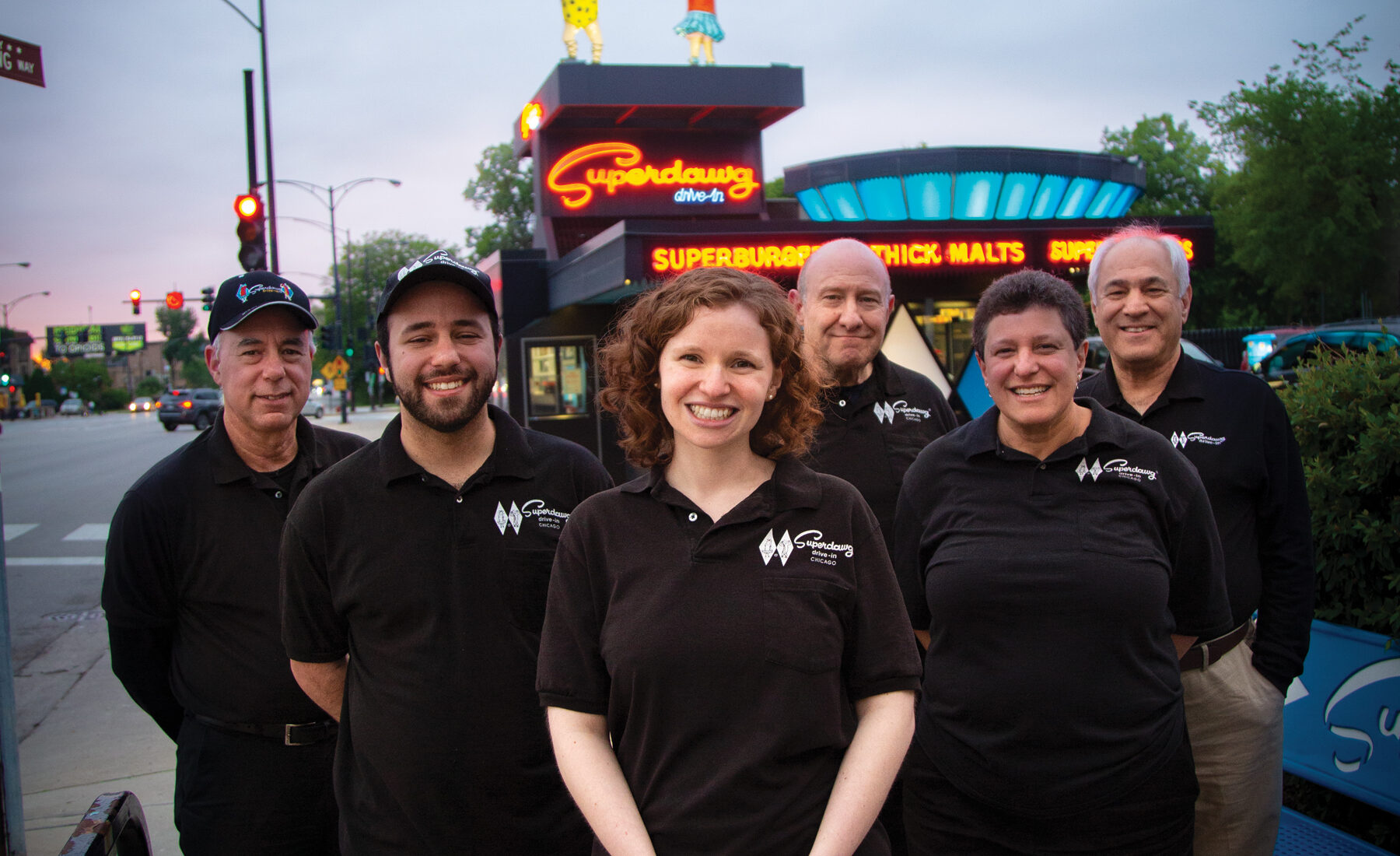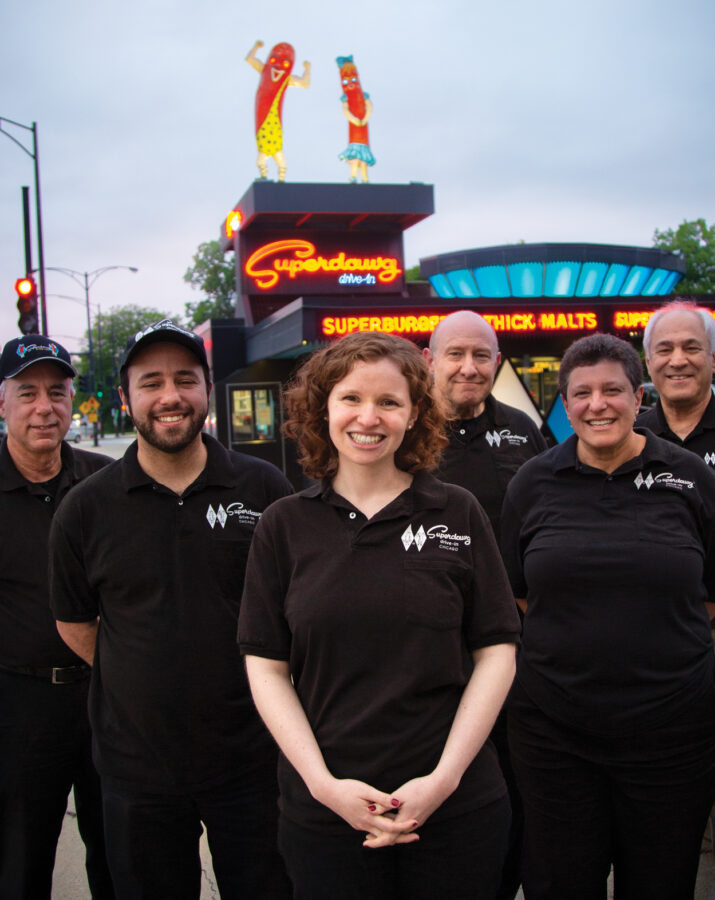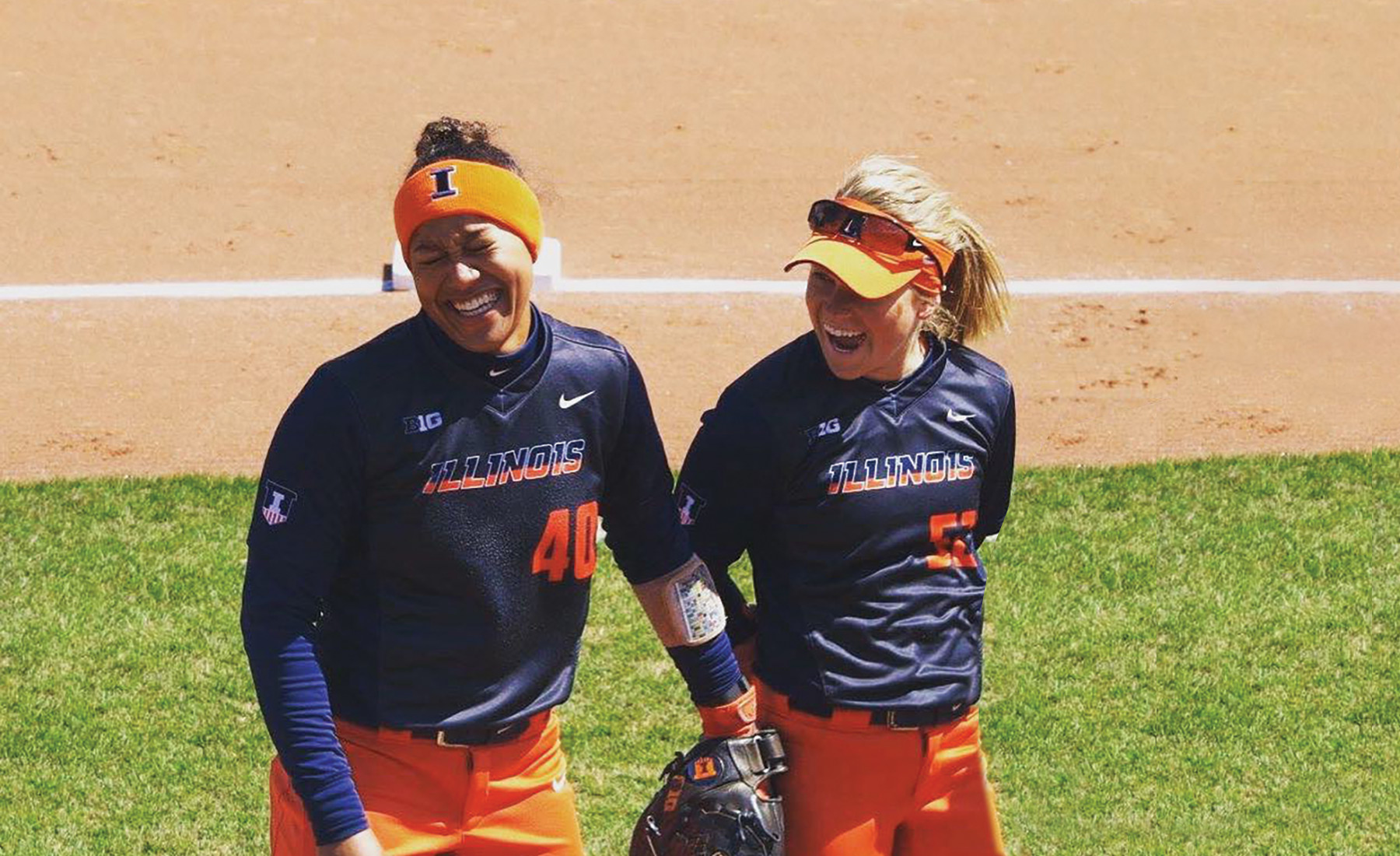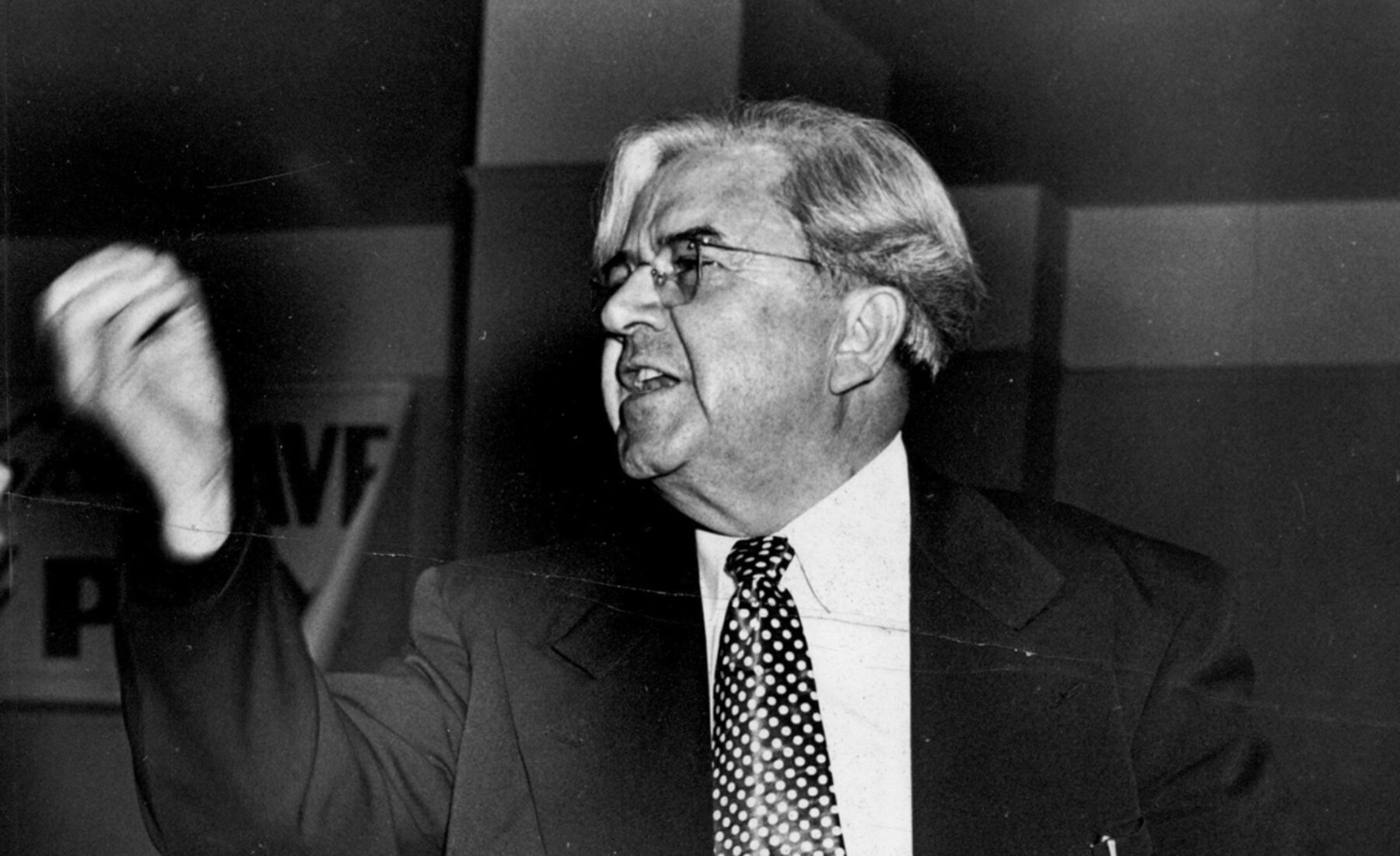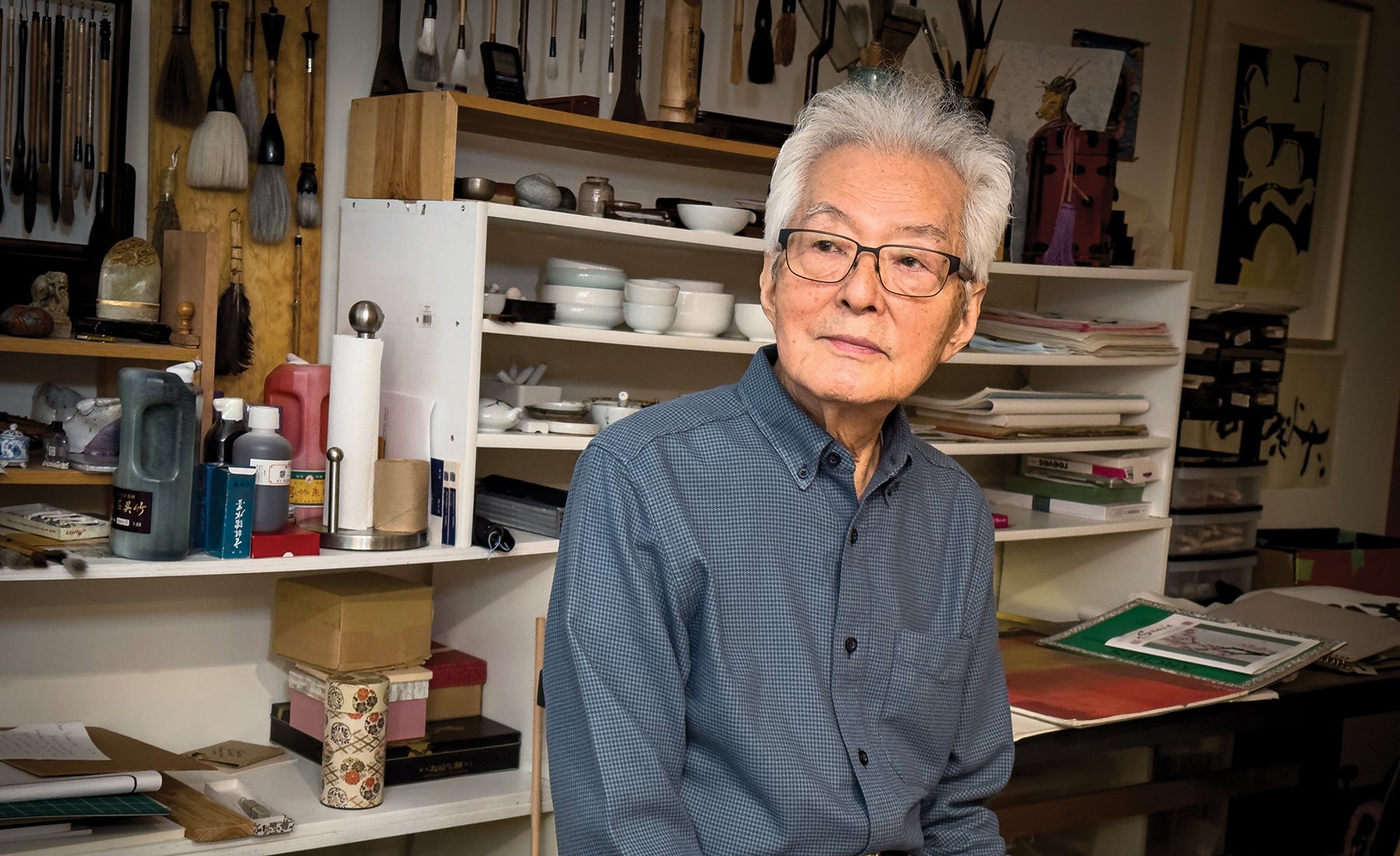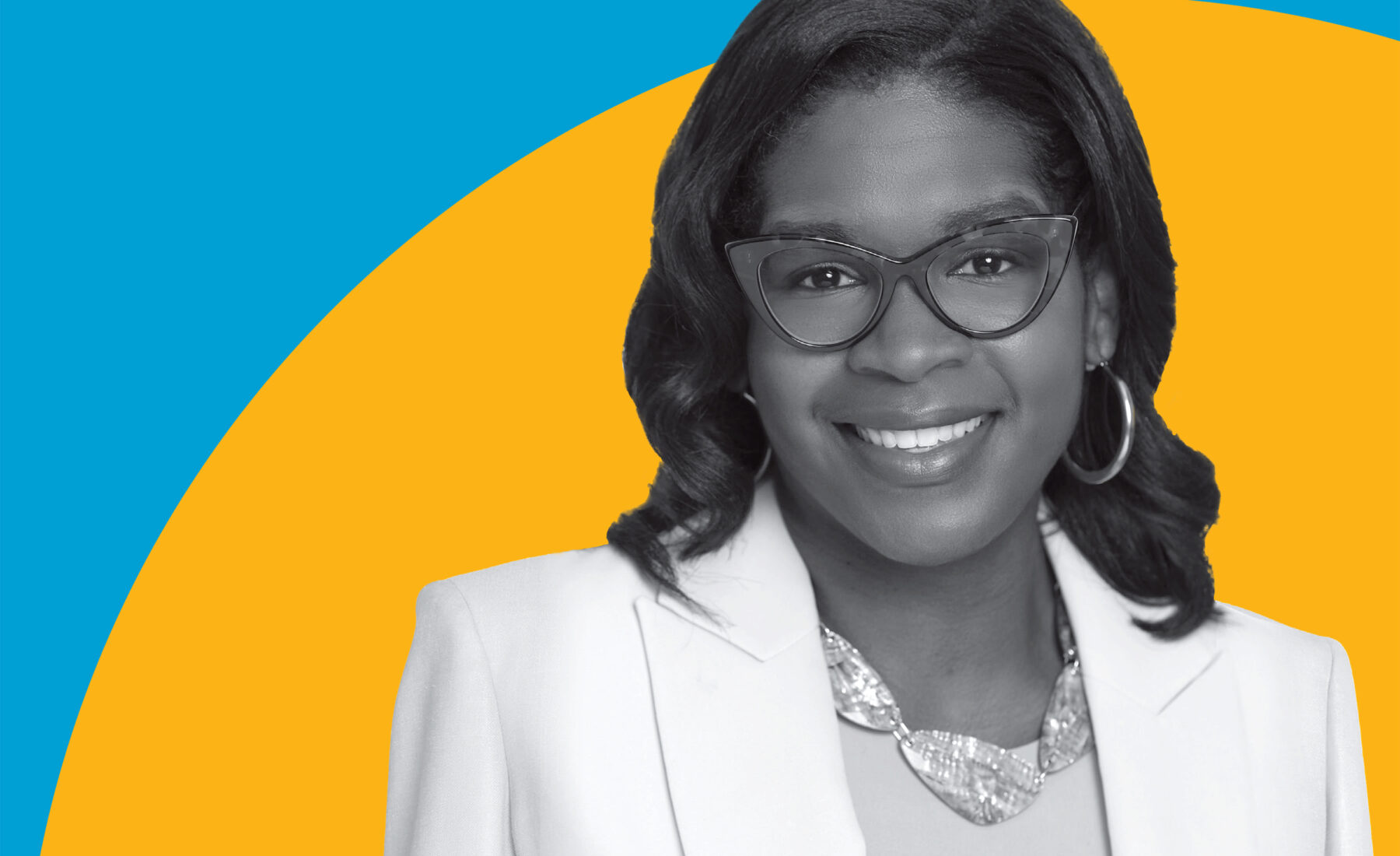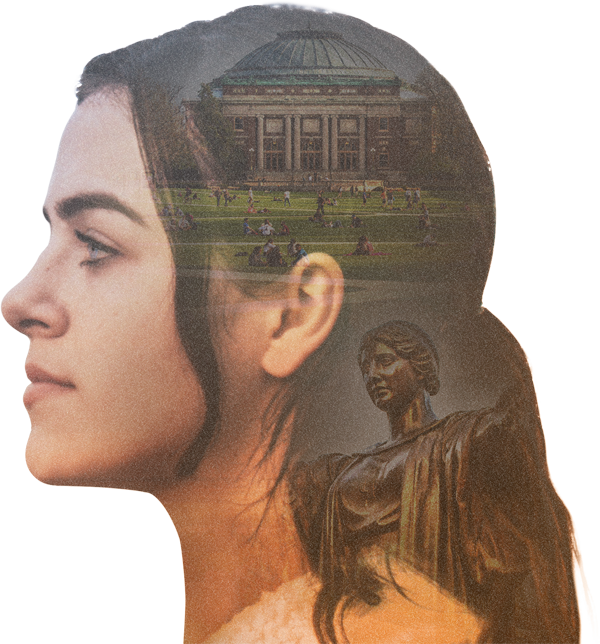“Hiya, thanks for stopping. May I take your order, please?” I’ve said that line probably thousands of times in my life, and I’ve heard it even more. My first job at Superdawg was to stand next to my grandma as she greeted every customer and took their order. I would then run the ticket down the steps and shout, “Order!” as I threw it into the chute in the kitchen. Once I got a little taller, I graduated to picking up trays from cars.
Now I can do every job in the building.
My grandparents, Maurie and Flaurie Berman, were my age — twenty-three — when they opened Superdawg Drive-in, the now iconic seventy-one-year-old restaurant on the northwest side of Chicago. The world was a very different place in the 1940s, and the path of life for young people of their generation didn’t quite follow the same trajectory that it does for young people now, largely because young people’s lives then were disrupted by World War II.
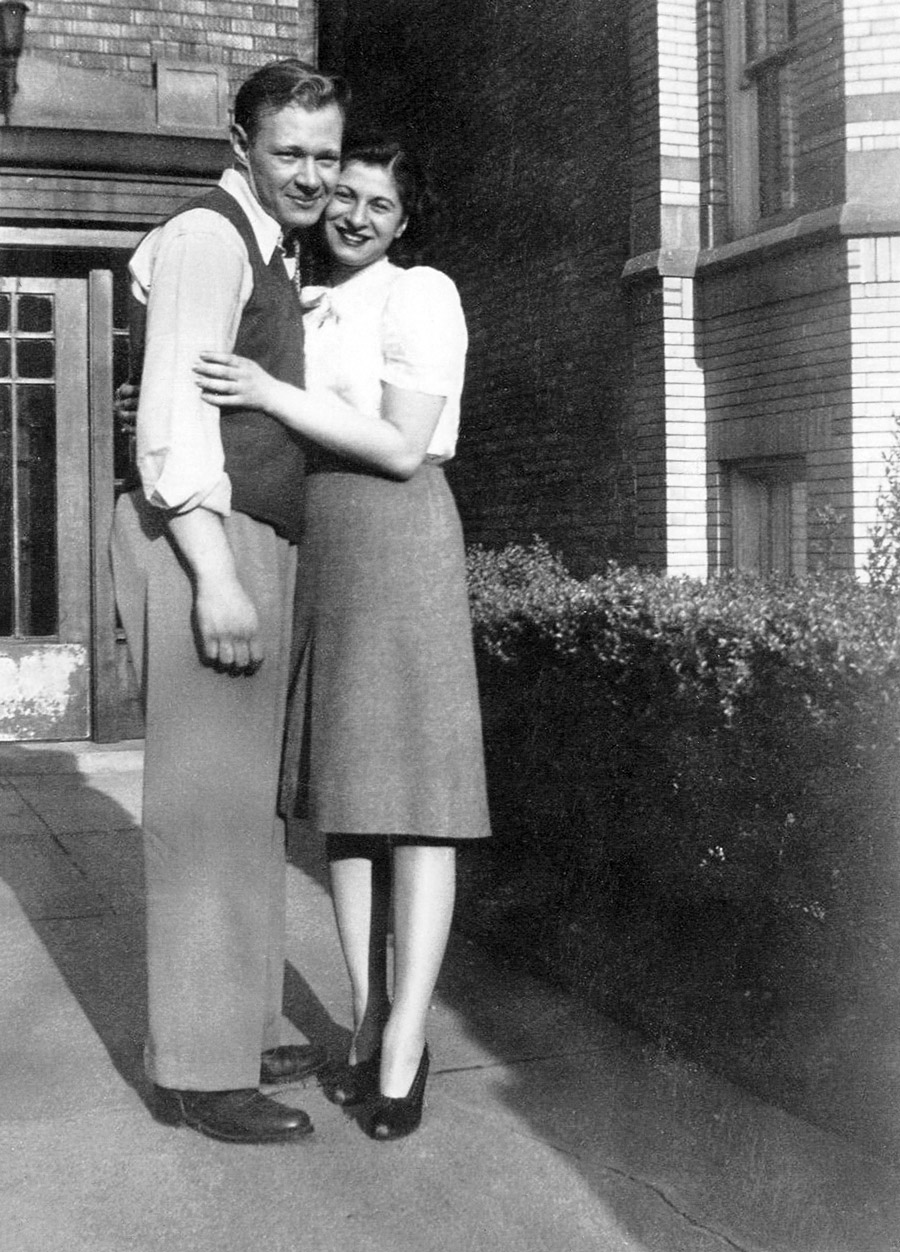
My grandparents grew up in the Albany Park neighborhood on the city’s northwest side. It was there that they met and began their seventy-three-year love affair as high school sweethearts (and prom dates!) at Von Steuben High School.
After graduating from Von Steuben, my grandma attended Northwestern University and, like many women of her era, majored in education. My grandpa, like most young men at the time, served in the military during World War II. He had begun his college education prior to going overseas and wanted to continue his studies to become a certified public accountant after the war ended. He began taking classes at the Technical University of Munich in Weihenstephan, Germany, while waiting to come home.
Upon my grandpa’s return home from the war, my grandparents resumed their romance in person and married in August 1947. My grandma had recently graduated from Northwestern and began teaching in the Chicago Public Schools. Once back in Chicago, my grandpa took classes part time on the GI Bill at the University of Illinois’ Navy Pier outpost, which opened to serve returning soldiers in 1946.
Maurie knew that it would take much longer to reach his goal of becoming a CPA if he only went to school on a part-time basis. Together they decided to open a summer business to earn money that would allow my grandpa to take classes full time during the school year while my grandma continued teaching. They thought a hot-dog stand would be a fun and successful summer venture. After all, both of my grandparents came from entrepreneurial families; my grandma’s family was in the liquor business, and my grandpa’s family was in the hardware business.
You wouldn’t know it now with all the traffic whizzing by and an overhead stream of planes en route to O’Hare, but the corner of Milwaukee, Devon, and Nagle, where Superdawg is located, was largely undeveloped when my grandparents chose that spot for their stand in 1948. The location’s proximity to a forest preserve and large public pool made it a destination for teens and families looking to escape the summer heat. Air conditioning was not common in homes, but the growing auto industry allowed independent teens to cool off with a ride with the windows down, and the drive-in was the natural destination.
The stand was small but distinct. The first time my grandma saw the foundation for the twelve-foot by twenty-foot building, she exclaimed, “Maurie, this is no bigger than a bathtub!” That footprint was soon the home to Superdawg — with its clean, geometric lines so popular in midcentury modern, Prairie-style buildings. It was adorned with two twelve-foot hot-dog figures on the roof that share a flirtatious smirk and beckon to customers with their winking eyes.
Seventy-one years later the building has not changed much, though the city has flourished around it. Our friendly style of customer service and commitment to excellence haven’t changed either. The Superdawg that you eat in 2019 is the same high-quality Superdawg that my grandparents created in 1948.
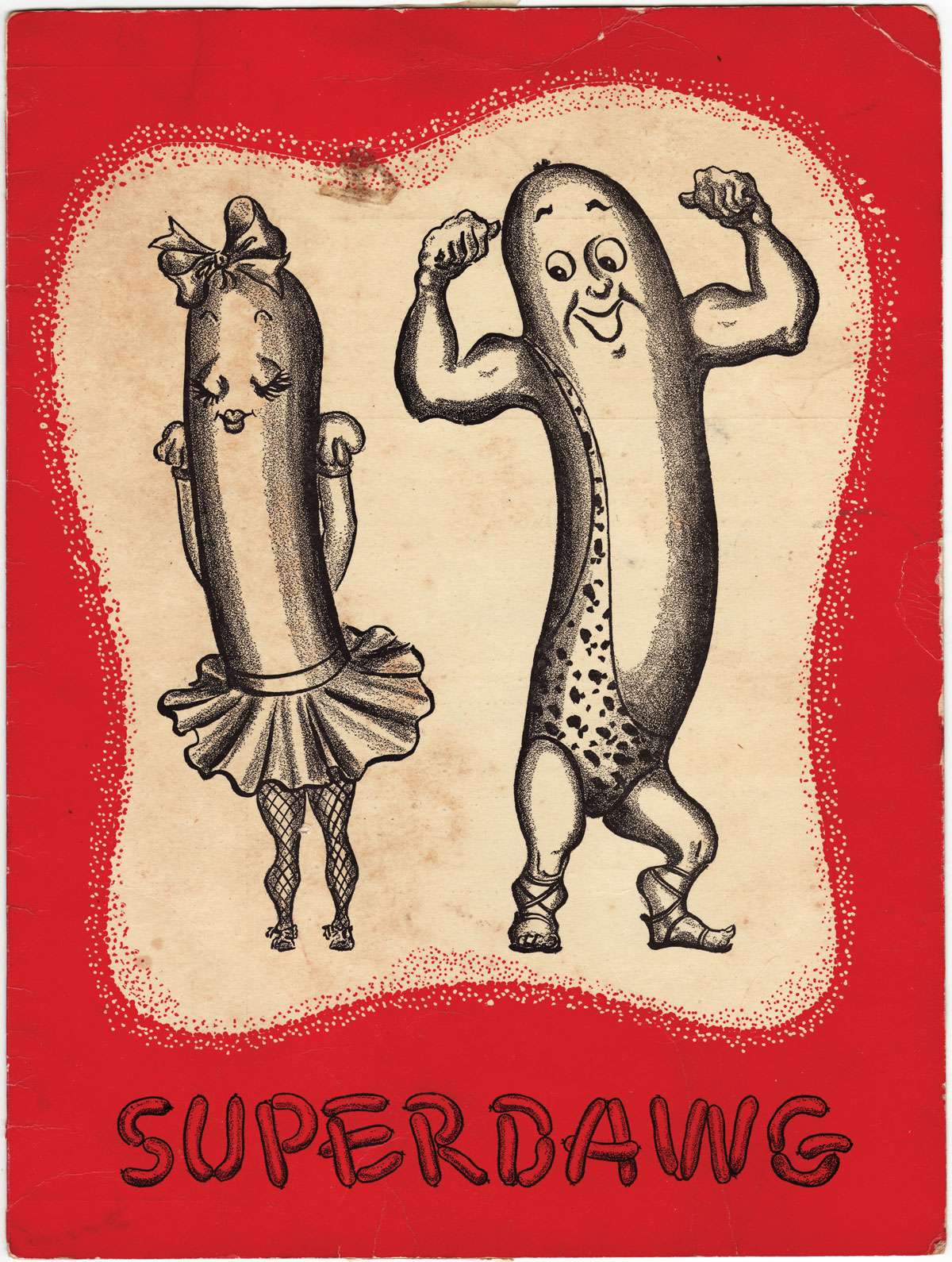
Working at Superdawg is something of a rite of passage in my family. We all have loads of memories of working as a carhop, taking customers’ orders, and dressing sandwiches in the kitchen. We learned basic and essential skills at Superdawg — everything from making change to interacting with customers in a professional manner. We learned lessons that would carry over into other aspects of our lives, too, including the value of hard work, the importance of working as a team alongside our employees, and putting forth effort to produce a quality product that you’re proud of.
Our family has developed somewhat of another tradition as well: attending the University of Illinois Urbana-Champaign. In addition to our shared memory of Superdawg, each of has our own special collection of memories from our time at Illinois.
My twin brother and I are part of the third generation of the Superdawg family — and we’re also third-generation Illini on both sides of our family. I graduated with my bachelor’s and master’s degrees in journalism in 2017, and my brother Ross earned a bachelor’s in engineering physics in 2017 and a master’s in statistics in 2018. All three of Maurie and Flaurie’s children — our mom, Lisa (SOCIAL WORK ’83); our uncle, Scott (LAS ’72); and our uncle, Myles (LAS ’74; FAA ’79) — are proud Illinois alumni. On our dad’s side of the family, our paternal grandfather, another returning GI, graduated from Illinois in 1950 with an accounting degree and then sent two of his kids there — our dad, Don (LAS ’82); and our aunt, Gail (LAS ’86, ’88). Our cousin Dayna is the most recent Illini graduate, having earned her master’s in social work just this May.

It’s truly overwhelming and humbling to hear how much Superdawg means to so many people. My grandparents never intended or dreamed that Superdawg would become as world-famous as it is today. We’ve been featured in hundreds of articles and TV programs locally, nationally, and even internationally. Superdawg is included in the book 1,000 Places to See Before You Die, alongside the likes of the Eiffel Tower and the Sydney Opera House. My family is often stopped when wearing our Superdawg attire out and about by customers who tell us how much they love our place or share stories of how kind my grandparents were to them. Just as everyone in my family has memories and stories about growing up at Superdawg, the restaurant has become an important part of many of our customers’ lives for several generations, too. My grandparents would always say that repeat customers are the real honor.
The hot-dog figures on the roof are named after my grandparents, Maurie and Flaurie. I think that’s fitting as the fiberglass Maurie and Flaurie literally watch over my grandparents’ legacy, which lives on with every Superdawg we serve. As our packaging says, we strive to serve “every item, every time, to every customer, in a manner that will make you want to return … and bring your friends with you,” just as we have for the last seven decades.
It’s incredible to me that my grandparents established their legacy at such a young age — though I realize it took years of hard, consistent work and a drive for excellence to cement Superdawg’s iconic, legendary status. Just as my grandparents did when they were my age, I’ve followed my passion: to embark on a career in journalism. I hope that the same greatness lies ahead for me.
While there may be many unknowns right now, I do know this: A strong foundation — even one the size of a bathtub — sets you up for success.
This story was published .